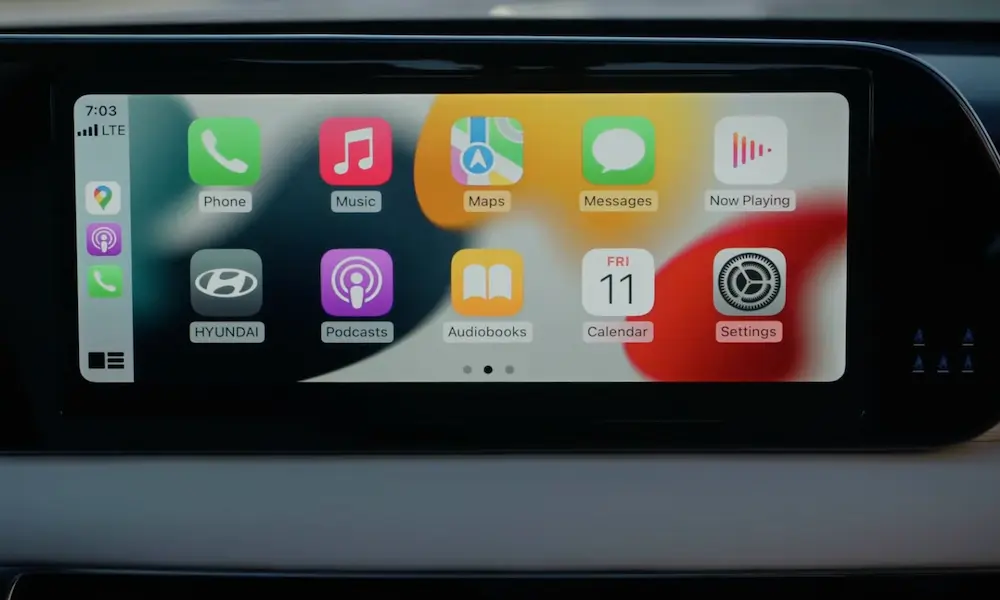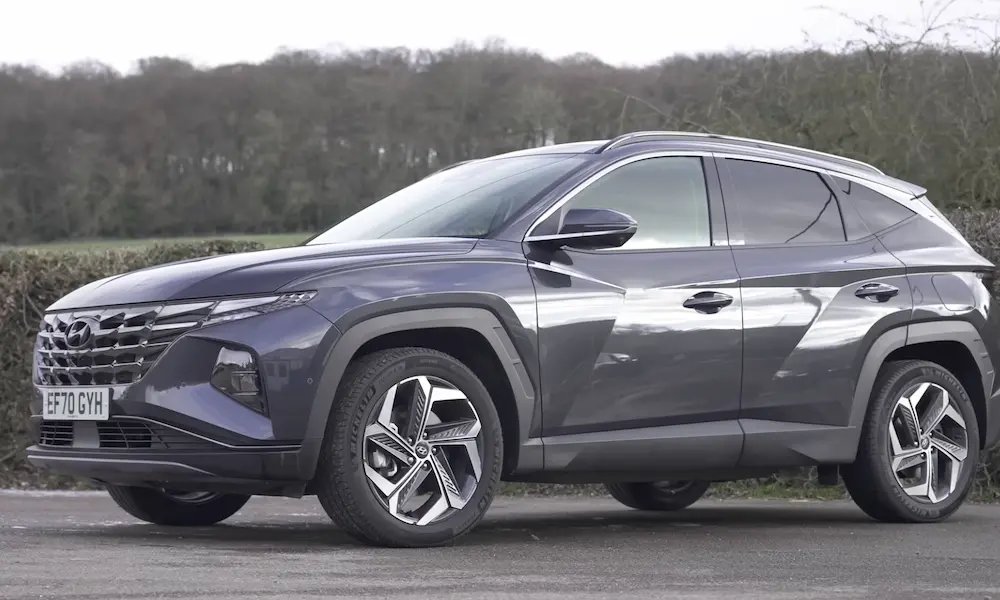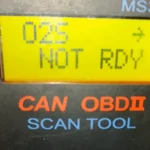Is your Hyundai dashboard suddenly displaying a “Check Active Air Flap System” warning? You’re not dealing with just another annoying light—this warning points to a crucial aerodynamic system that impacts your car’s fuel efficiency and engine cooling. While it might sound technical, understanding this system and how to troubleshoot it can save you hundreds in unnecessary repair costs. Let’s dive into what this system does, why it fails, and the smartest ways to fix it.
What Is the Active Air Flap System?
The Basics: Purpose and Function
The active air flap system (AAF) is a clever bit of engineering hiding behind your Hyundai’s front grille. It consists of motorized shutters or flaps that automatically open and close based on your driving conditions. You’ll find this system in popular Hyundai models like the Ioniq, Sonata Hybrid, Kona, Tucson, and Santa Fe.
Here’s how it works: when you’re cruising at highway speeds (typically above 45 mph), the flaps close to reduce aerodynamic drag, improving your fuel economy by up to 10%. When your engine needs cooling—during slow city driving, idling in traffic, or working hard uphill—the flaps open to maximize airflow to the radiator.
Think of it as your car’s breathing system, intelligently regulating airflow for the perfect balance between cooling and efficiency.
The Technical Bits: Components That Make It Work
The system has four main components:
- Motorized louvers/flaps: The physical shutters that open and close
- 12-volt DC actuator motor: The muscle that moves the flaps
- Position sensor: Tells the car’s computer exactly where the flaps are
- Control wiring: Carries power and communication signals
In newer Hyundai models, you might even have the “Dual Motion Active Air Flap” system, which combines both linear movement and rotation for even better aerodynamics. These systems operate automatically based on inputs from various sensors monitoring engine temperature, vehicle speed, and even air conditioning demand.
Why Does the Active Air Flap System Fail?
The Main Culprits Behind Failures
When automotive technicians analyze AAF system failures, they typically fall into three categories:
Mechanical problems (40% of cases)
- Debris blockage from road grit, stones, leaves, or ice
- Broken linkages between components
- Worn actuator parts from regular use
Electrical issues (35% of cases)
- Faulty position sensors sending incorrect data
- Corroded electrical connectors (common after winter driving)
- Damaged wiring in the system harness
Control system faults (25% of cases)
- Software calibration problems
- Communication errors between vehicle systems
- Stored diagnostic trouble codes like P059F or U028400
The front grille location exposes these components to harsh conditions—road salt, water splashes, temperature swings, and flying debris—making them vulnerable to various types of damage.
Warning Signs You Shouldn’t Ignore
The most obvious symptom is the dashboard warning message itself. At first, it might appear intermittently, sometimes disappearing after you restart your vehicle. But as the problem worsens, the warning becomes more persistent.
Other symptoms to watch for include:
- Decreased fuel economy (often 1-3 mpg worse than normal)
- Unusual noises from the front grille area (clicking or grinding sounds)
- Reduced air conditioning performance in some cases
- Diagnostic trouble codes stored in your vehicle’s computer
Interestingly, if the flaps get stuck in the open position, you can continue driving without immediate risk of engine damage. The system’s “fail-safe” design prioritizes engine cooling over aerodynamic efficiency.
How to Diagnose Active Air Flap Problems
Visual Inspection: Your First Step
Before spending money on professional diagnosis, take a few minutes to inspect the system yourself:
- Park on level ground with the engine off
- Examine the front grille area carefully
- Look for obvious damage or debris (stones, leaves, plastic pieces)
- Check if both flaps (if your model has dual flaps) are in the same position
Pay special attention to any foreign objects that might be lodged in the mechanism. Something as simple as road debris or ice buildup can prevent the flaps from moving properly.
Technical Diagnosis for the More Mechanically Inclined
If you’re comfortable with basic automotive diagnosis:
- Use an OBD-II scanner to check for trouble codes (common ones include P059F, P05A0, and U028400)
- Inspect the electrical connectors for corrosion or damage
- Check the actuator motor for proper operation
- Verify the position sensor is providing consistent readings
Professional technicians will use bidirectional scan tools to manually command the shutters open and closed while monitoring position sensor feedback—a more advanced diagnostic approach that can pinpoint specific component failures.
Simple Reset Procedures Worth Trying
Before heading to the dealership, try these simple reset procedures that often resolve the issue:
- Battery disconnect reset: Disconnect your 12-volt battery for 10-15 minutes, then reconnect it. This can clear temporary faults and “reboot” the system.
- Wait-and-restart method: When the warning appears, safely pull over, turn off the engine, and wait about 10 minutes before restarting. This allows the system to reinitialize.
- Manual manipulation: With the engine off, gently try moving the flaps by hand to free any minor obstructions. Be careful not to force anything or damage the delicate mechanisms.
These simple steps resolve roughly 30% of active air flap warnings without any parts replacement or professional service.
Repair Options and What They’ll Cost You
Professional Repair Pricing Breakdown
If DIY troubleshooting doesn’t solve your problem, professional repairs range widely in cost:
| Repair Type | Dealership Cost | Independent Shop Cost |
|---|---|---|
| Simple actuator replacement | $467-$750 | $350-$550 |
| Complete system replacement | $1,000-$1,672 | $800-$1,200 |
| Wiring repair | $250-$450 | $175-$350 |
| Control module reprogramming | $150-$300 | Often unavailable |
These costs typically break down to:
- Parts: $146-$400 for the actuator alone
- Labor: 4-7 hours at $150-$250 per hour at dealerships
- Diagnosis fee: $100-$150 (sometimes waived if repairs are performed)
One 2024 Santa Fe owner reported being quoted $1,672 for a complete system replacement at the dealership—a significant expense for what might be a simple issue.
Warranty Coverage You Should Know About
Good news if your Hyundai is relatively new! The active air flap system is typically covered under Hyundai’s standard New Vehicle Limited Warranty for 5 years or 60,000 miles, whichever comes first.
Even better: for hybrid and electric Hyundai vehicles, there may be additional warranty considerations since the system affects battery cooling. These vehicles typically carry a 10-year/100,000-mile warranty on hybrid system components.
Hyundai has also issued several Technical Service Bulletins (TSBs) for specific models with known active air flap problems:
- TSB 23-01-075H covers 2022 Ioniq 5 vehicles with actuator power supply issues
- Several other bulletins address specific model years and production dates
If your vehicle falls within the production range of a TSB, the repair might be covered even outside normal warranty periods.
DIY and Alternative Solutions
For out-of-warranty vehicles, consider these more affordable approaches:
- Manual override: Some owners permanently fix the flaps in the open position, eliminating the warning message and ensuring proper cooling. The only downside is slightly reduced fuel economy.
- Aftermarket parts: Compatible actuators can be found online for $40-$150, significantly less than dealership parts. However, installation requires mechanical skill and might affect any remaining warranty.
- Preventive maintenance: Regular cleaning of the grille area can prevent many common problems. Make this part of your routine car care, especially after driving in adverse conditions.
Model-Specific Considerations
Hybrid and Electric Hyundai Vehicles
The active air flap system is particularly important in Hyundai’s hybrid and electric lineup, where it serves dual purposes:
- Aerodynamic efficiency to maximize battery range
- Battery thermal management during charging and high-demand driving
The Hyundai Ioniq Electric features a sophisticated water-cooled battery pack with an enhanced active air flap system compared to earlier models. In normal operation, the flaps rarely open, but they’re essential during rapid charging or extended highway driving to prevent battery overheating.
For the Sonata Hybrid, the system integrates with the hybrid powertrain cooling circuit, affecting not just fuel economy but potentially hybrid system performance and battery longevity. This integration explains why some owners have successfully argued that repairs should fall under the extended powertrain warranty rather than the basic vehicle warranty.
Recent Improvements in Newer Models
Hyundai has continually refined its active air flap technology. The latest “Dual Motion Active Air Flap” system introduced in vehicles like the Ioniq 9 represents a significant advancement, combining both linear and rotational movement.
These newer systems feature:
- Enhanced position sensors with improved accuracy
- More robust actuator designs with better weather resistance
- Advanced diagnostic capabilities for easier troubleshooting
- Improved integration with vehicle cooling systems
While these improvements enhance reliability, they also increase system complexity, potentially making repairs more specialized and costly.
Troubleshooting Decision Tree
Use this simple decision path to determine your best course of action:
| Symptom | First Action | Next Step If Unresolved |
|---|---|---|
| Warning message appears occasionally | Visual inspection and debris removal | Battery disconnect reset |
| Warning is persistent | Check for diagnostic codes | Schedule dealership inspection |
| Warning plus unusual noises | Immediate inspection for mechanical problems | Professional diagnosis |
| Warning disappeared after reset but returns | Check for TSBs and warranty coverage | Independent shop diagnosis |
Real Owner Experiences
Hyundai owners report varying experiences with active air flap system issues:
“After getting the ‘Check Active Air Flap System’ warning in my 2023 Santa Fe, I checked the front grille and found a plastic bag fragment stuck in the mechanism. Removed it, disconnected the battery for 15 minutes, and the problem was solved—saved myself a $500 repair bill!” —Michael T.
“My 2022 Ioniq 5 showed the warning after driving through heavy snow. The dealership found ice buildup in the mechanism and cleared it under warranty. They also applied a technical service bulletin update to the control module.” —Jennifer K.
“I was quoted $1,200 for replacing the active air flap assembly in my out-of-warranty Tucson. Instead, I found a YouTube tutorial and ordered the actuator online for $95. Took about 3 hours to replace it myself, and it’s been working perfectly for the past year.” —David M.
When to Address Active Air Flap Issues Immediately
While many active air flap problems don’t require emergency attention, certain situations call for prompt action:
- If you notice engine temperature rising abnormally (especially in hybrid/electric models)
- When multiple warning lights appear simultaneously
- If unusual noises from the front of the vehicle become louder or more frequent
- When performance or fuel economy suddenly deteriorates significantly
In these cases, scheduling a professional diagnosis sooner rather than later can prevent additional complications and potentially more expensive repairs.
The Hyundai active air flap system represents an innovative approach to improving fuel efficiency and engine cooling management. When working properly, it’s a seamless part of your driving experience that you’ll never notice. When problems arise, understanding the system’s operation and common failure points helps you make informed decisions about repairs—potentially saving hundreds in unnecessary service costs.
Whether you choose DIY troubleshooting, independent repair, or dealership service, addressing active air flap system warnings promptly helps maintain your Hyundai’s performance, efficiency, and long-term reliability.














